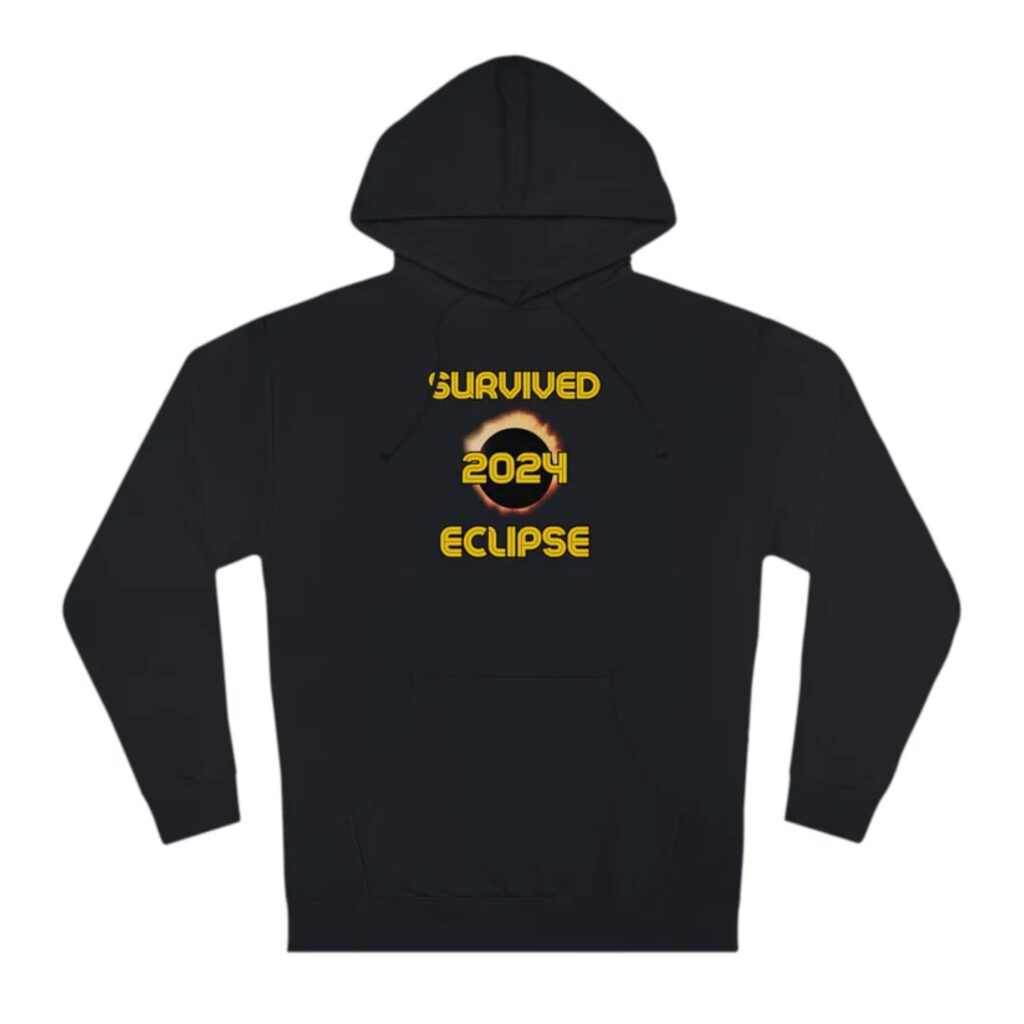2024 Eclipse 101: Causes, Types, and Safe Viewing Tips
Decoding Darkness: A Guide to Eclipses
Eclipses have captivated humanity for centuries. These celestial events, where one astronomical body seems to obscure another, offer a glimpse into the intricate dance of our solar system. But what exactly causes them? Let’s delve into the science behind these awe-inspiring phenomena.
The Cause: A Cosmic Alignment
Eclipses occur when the Sun, Moon, and Earth align in a specific way. There are two main types:
- Solar Eclipse: The Moon positions itself directly between the Sun and Earth, casting a shadow on a portion of Earth’s surface. Depending on the Moon’s distance and alignment, this shadow can be complete (total eclipse), partial (partial eclipse), or form a ring of sunlight around the Moon (annular eclipse).
- Lunar Eclipse: Earth casts its shadow onto the Moon. This happens when the Sun, Earth, and Moon form a straight line, with Earth in the middle. The Moon appears to darken or turn reddish, depending on the amount of sunlight reaching its surface.
A Balancing Act: It’s a cosmic coincidence that the Moon’s apparent size in the sky is roughly the same as the Sun’s. This allows the Moon to completely or partially block the Sun’s light during a solar eclipse.
Our new limited-edition t-shirt commemorates a celestial event to remember: the 2024 eclipse! This design is a great way to celebrate surviving (and thriving!) during this astronomical phenomenon. Wear it with pride and spark conversations about the wonders of the universe.
Witnessing the Spectacle: Do’s and Don’ts
If you’re lucky enough to be in the path of totality during a solar eclipse, here’s what you should and shouldn’t do:
Do:
- Invest in safe solar filters: Never look directly at the Sun, even during a partial eclipse. Special eclipse glasses with certified filters are the only safe way to view the Sun’s corona (outer atmosphere) during totality.
- Find a viewing party: Many astronomical societies and organizations host eclipse viewing events with proper equipment.
- Take photos (with a filter!): Capture the unique phenomenon using a camera with a solar filter attached to the lens.
Don’t:
- Use unprotected eyes: Looking directly at the Sun, even for a brief moment, can cause permanent eye damage.
- Rely on sunglasses or regular filters: Regular sunglasses or homemade filters do not provide adequate protection from the Sun’s harmful rays.
- Forget about safety: Eclipses often occur during hot weather. Stay hydrated and wear sunscreen if you’re outdoors.
A Final Note
Eclipses are a reminder of the interconnectedness of our solar system. By understanding the science behind them, we can appreciate these celestial wonders even more. So, the next time an eclipse graces the night sky, be prepared with your safe viewing gear and witness the magic unfold!

